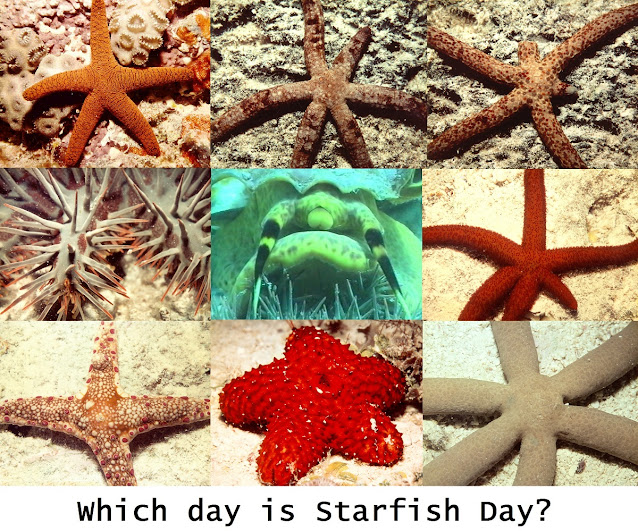Report to GBRMPA (1986)

The attack of the triton elicits an escape response by the starfish which, if successful, results in rapid prey dispersion with the loss of only a few arms. The escape response varies in its successfulness and is heavily dependent on (1) size and hunger of predator, (2) prey size and degree of cumulative prey injury and (3) physical composition and relief of substrate. If the escape response is unsuccessful then the predator feeds on the starfish until the prey is either consumed (large predator-small prey) or discarded (small predator-large prey). Charonia tritonis will follow the scent of an injured starfish and resume the attack and subsequent feeding if hungry. When not in the process of prey hunting, capture or feeding, Charonia tritonis can appear inert. Under turbulent water-current conditions, the sensitive olfactory organ of Charonia tritonis can be disabled temporarily giving the appearance of random searching behavior. The distance over which Charonia tritonis can loca...



